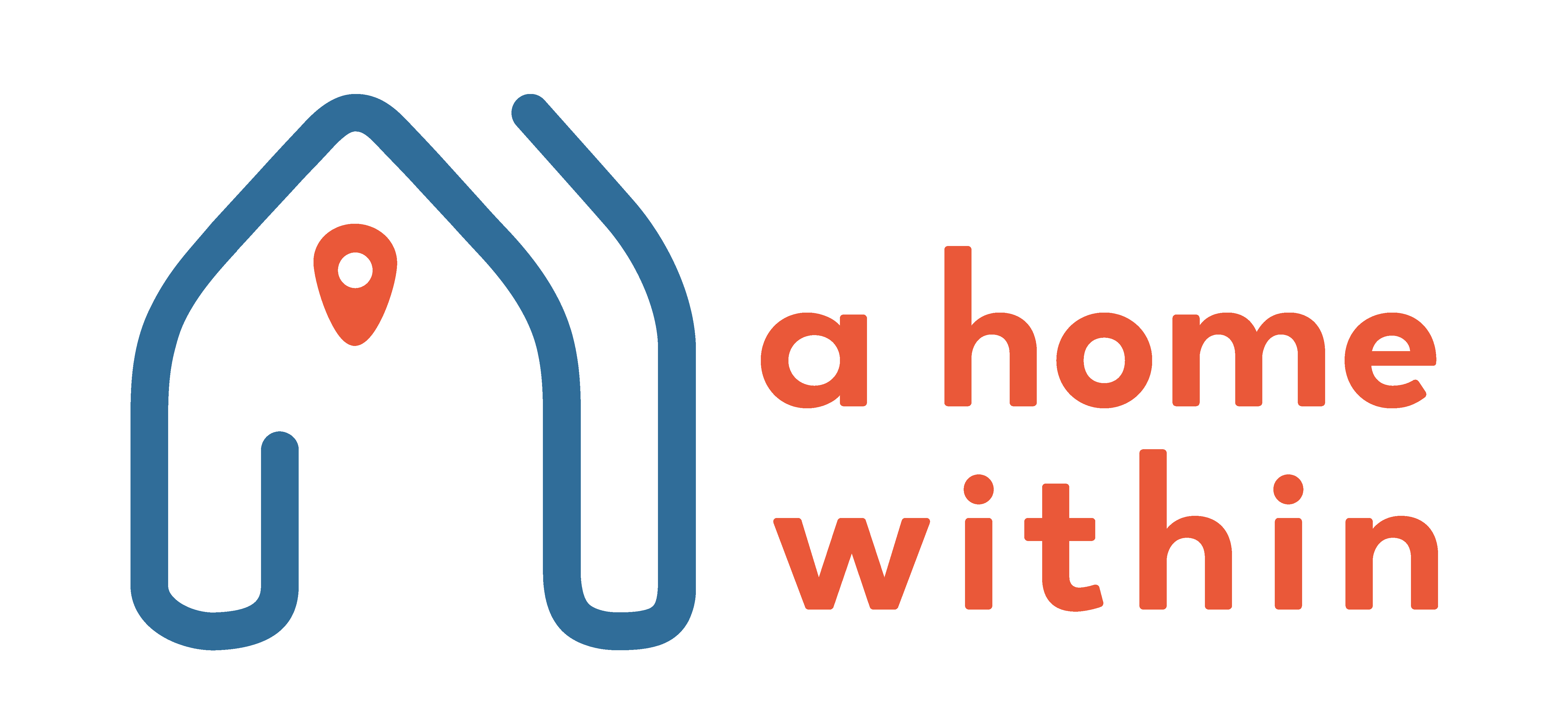Recently Eileen Keller, an AHW consultation leader for the past 25 years, sat down for an interview at A Home Within (I am not sure there is anything I have done for 25 years, certainly nothing professional). I have heard those in her consultation group describe the amazing way Eileen facilitates the group, so it was an easy choice to have her be the focus of the next spotlight article in our A Home Within newsletter.
Eileen was incredibly generous with her time, sitting down for not one but two interviews, and I sensed that this was because she truly loves talking about her volunteer work with AHW. When asked why she had agreed to be a consultation group leader back in 1997, she said, “I was completely won over by the premise: one child, one therapist, as long as it takes, and also felt the premise became so obvious once put into words, like a truth one feels one has known all along without knowing it till someone says it.”
Even though Eileen is the leader of the group, she very much sees herself as a member of it. In fact, when I asked her what her favorite aspect of being a consultation group leader was, she emphatically said, “I look forward to my meeting each week with the therapists. I enjoy the camaraderie but mostly I value the depth of their commitment to each other’s cases as well as their own. Inspiring and restorative.”
Of course, group members have come and gone over the 25 years but there has usually been a tight knit few who come together weekly, many continuing for several years. Eileen spoke about the high value she places on AHW’s consultation group model, especially given some of the unique therapeutic considerations for foster youth. She reflected on the need for therapists working with foster youth to be able to ethically activate the attachment system and create a different relational experience. The consultation group members can help each other figure out their boundaries and keep promises to their clients who have often experienced so many broken promises. She said, “It’s so important not to make promises that you can’t keep. One of the things we’re talking about in our group is the absolute necessity to add boundaries about what one gives, because the need is enormous. And you can’t give everything that’s needed. The therapist becomes part of the client’s network of relationships, which ordinary children in ordinary circumstances completely take for granted. It is just there for them. And that’s what we are trying to build for our AHW clients.”
One of the things I value most about being a volunteer with AHW is the opportunity to meet on a consistent basis with other therapists I appreciate and respect. However, from some of my paid consultation and research work with AHW, I know that not all volunteers see the value of the consultation group, and some do not feel that they have the time to devote to AHW outside of their weekly sessions with their AHW client. So, I often ask, “What is the true value added of consultation groups for volunteers? How much do factors like who is part of the group, the experience of the therapist(s), personality, lifecycle stage, client situations, etc. drive the value added?”
For longtime volunteers like Eileen, the consultation group model IS the AHW model. She said, “I don’t think there’s anything like it. Our philosophy is based on our understanding about a ‘container phenomenon in development’. The child and the therapist are in a therapeutic relationship together that serves as a container and the group functions to hold and support the therapist and help carry a therapist over the difficult times. In other words, the consultation group works as another layer of containment.” She finds that new volunteers grow into the consultation group if they give it some time.
I believe that the consultation groups are often quite magical based on my own experiences and what I hear from many volunteers across the chapters. So naturally I asked Eileen, “Are you the magic? You have been an AHW consultation group leader for 25 years, and it’s clear that what happens in there is containment and multiple levels of holding each other. But if you weren’t there, do you think all of that would still be happening?”
Without hesitating, she said, “I absolutely do… if we bring leaders into the philosophy of the program. I do observe and really show something I believe is important that’s happening in the work. But I think any clinician can do that because it’s what we do. And so that’s what I do in the context of the group. And when I haven’t got it, or when I get overwhelmed by despair, somebody else in the group steps up. And that’s because we have a group. And we have a theory that I think really helps people bear the difficult cases, and the pain that kids have in their eyes. And so, it’s not just about celebrating when it’s going well. It’s really about that containment—of all kinds of experiences—that when you have a group that’s functioning together, it makes it easier.”
Author: Deanna Linville

